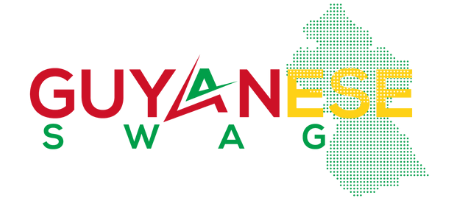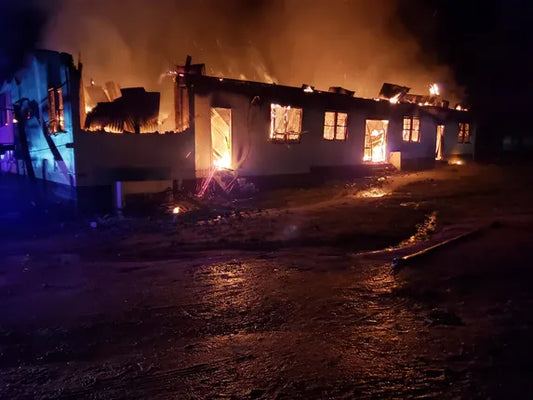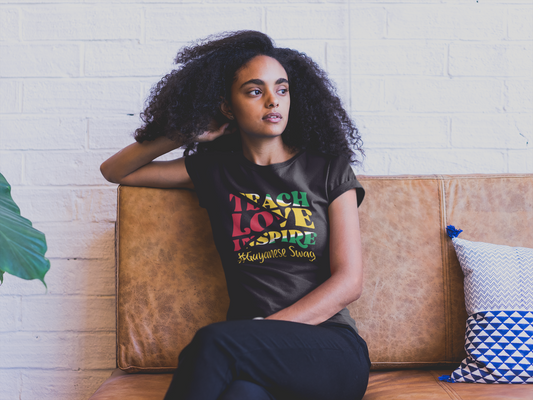Mashramani is a festival that celebrates the anniversary of Guyana's independence from British rule on February 23, 1970. The word "Mashramani" comes from a combination of two Amerindian words, "mash" which means celebration and "ramani" which means the coming together of a community. Mashramani, therefore, is a joyous celebration of Guyanese culture and history.
The first Mashramani celebration was held in 1970, just a few months after Guyana gained independence. The inaugural event was a relatively low-key affair, with a small parade of children, folk dancers, and stilt walkers making their way through the streets of Georgetown. However, the spirit of celebration was palpable, and the Guyanese people were eager to embrace this new festival as a symbol of their newfound freedom and identity.
Over the years, Mashramani has grown in size and scope, becoming the biggest cultural event in Guyana's calendar. Each year, the festival attracts thousands of visitors from around the world, who come to enjoy the vibrant colors, music, and food of this unique celebration.
The centerpiece of Mashramani is the spectacular parade, which sees dancers, musicians, and revelers from all walks of life making their way through the streets of Georgetown. The parade is a riot of color, with participants dressed in traditional costumes and carrying banners and flags with slogans that celebrate Guyanese culture and history.
The music of Mashramani is another highlight of the festival. Calypso, reggae, and soca rhythms fill the air, providing the perfect soundtrack for the party atmosphere. Local bands and DJs perform throughout the day and into the night, and visitors are encouraged to dance, sing, and celebrate with the locals.
Food is also an essential part of the Mashramani experience. Traditional Guyanese dishes like pepperpot, roti, and cook-up rice are served alongside street food favorites like grilled chicken, fish cakes, and barbecue. Visitors can sample the flavors of Guyana while soaking up the atmosphere of this unique celebration.
Beyond the parade and festivities, Mashramani has a deeper significance for the Guyanese people. The festival is an opportunity to reflect on the nation's history, to celebrate its diversity, and to recommit to building a brighter future. It is a time to honor the struggles of the past, to recognize the achievements of the present, and to look forward with hope and optimism.
In recent years, Mashramani has faced some challenges. The festival has been criticized for becoming too commercialized, with some observers suggesting that the emphasis on partying and entertainment has overshadowed the festival's cultural and historical significance.
Despite these concerns, Mashramani remains a beloved and essential part of Guyanese culture. It is a time for Guyanese people to come together, to celebrate their identity, and to look forward with hope and optimism. Mashramani is a symbol of the nation's resilience, its strength, and its determination to overcome challenges and build a better future.
In conclusion, Mashramani is a festival that is deeply rooted in Guyanese history and culture. It is a time for the people of Guyana to celebrate their identity, to come together in unity and to look forward with hope and optimism. Whether you are a Guyanese national or a visitor to the country, Mashramani is an experience not to be missed. It is a vibrant, colorful, and joyous celebration of life, culture, and freedom.







